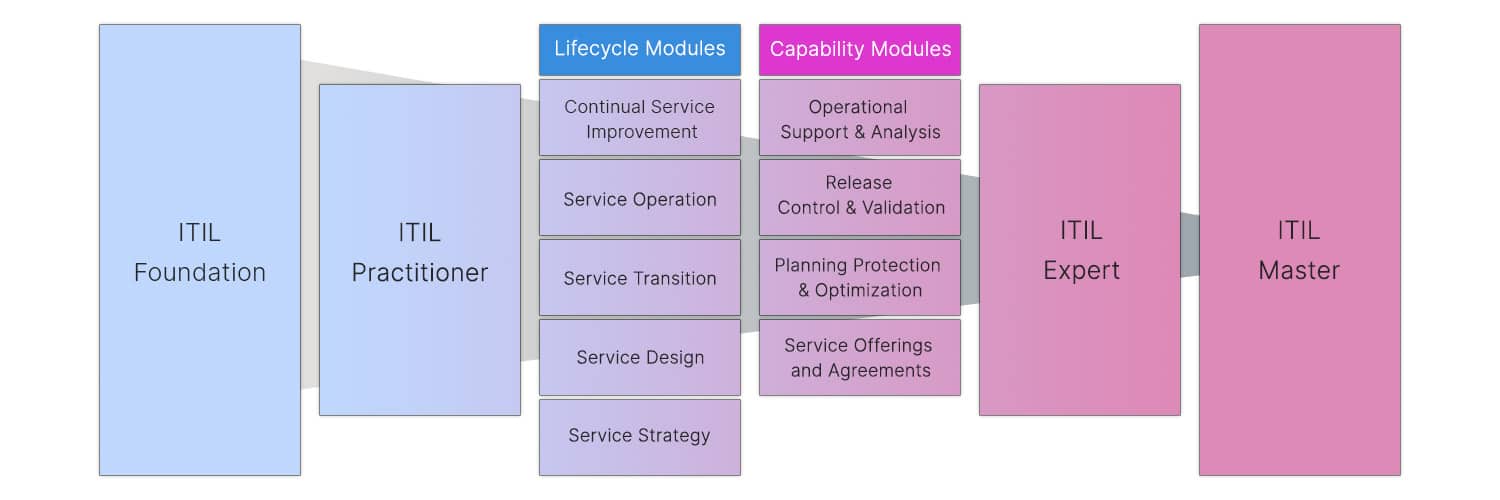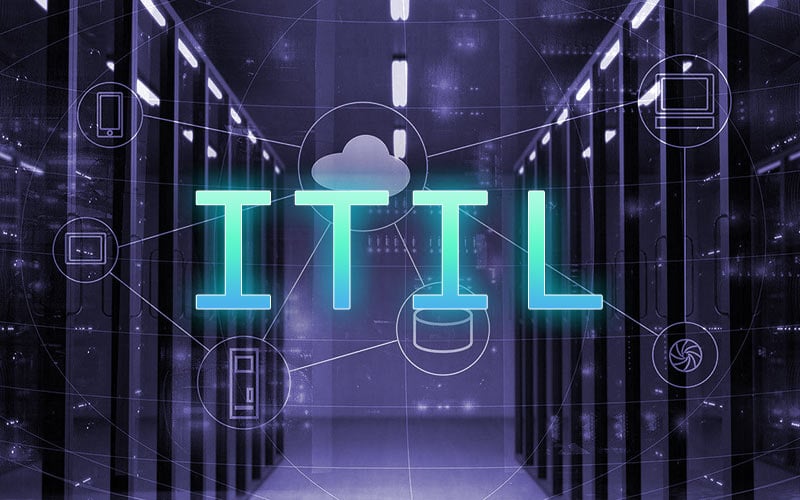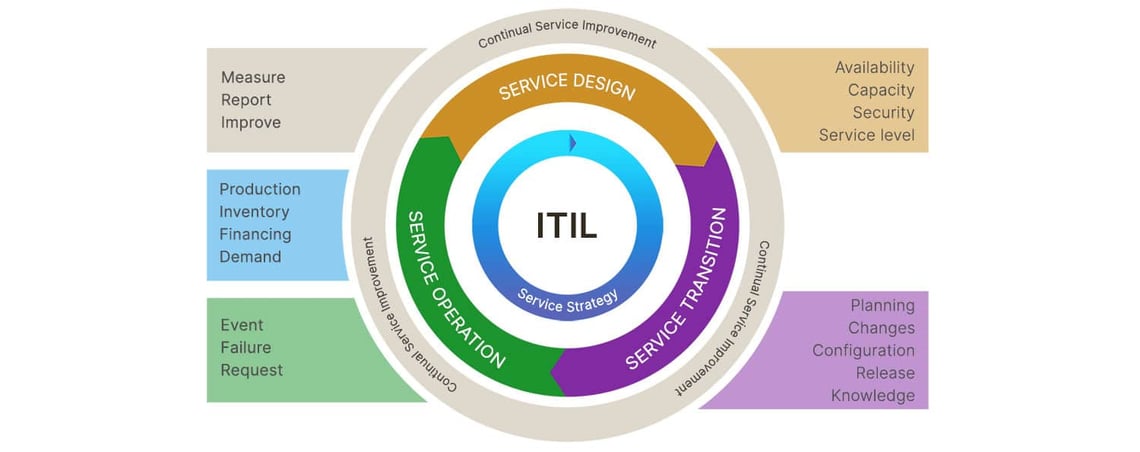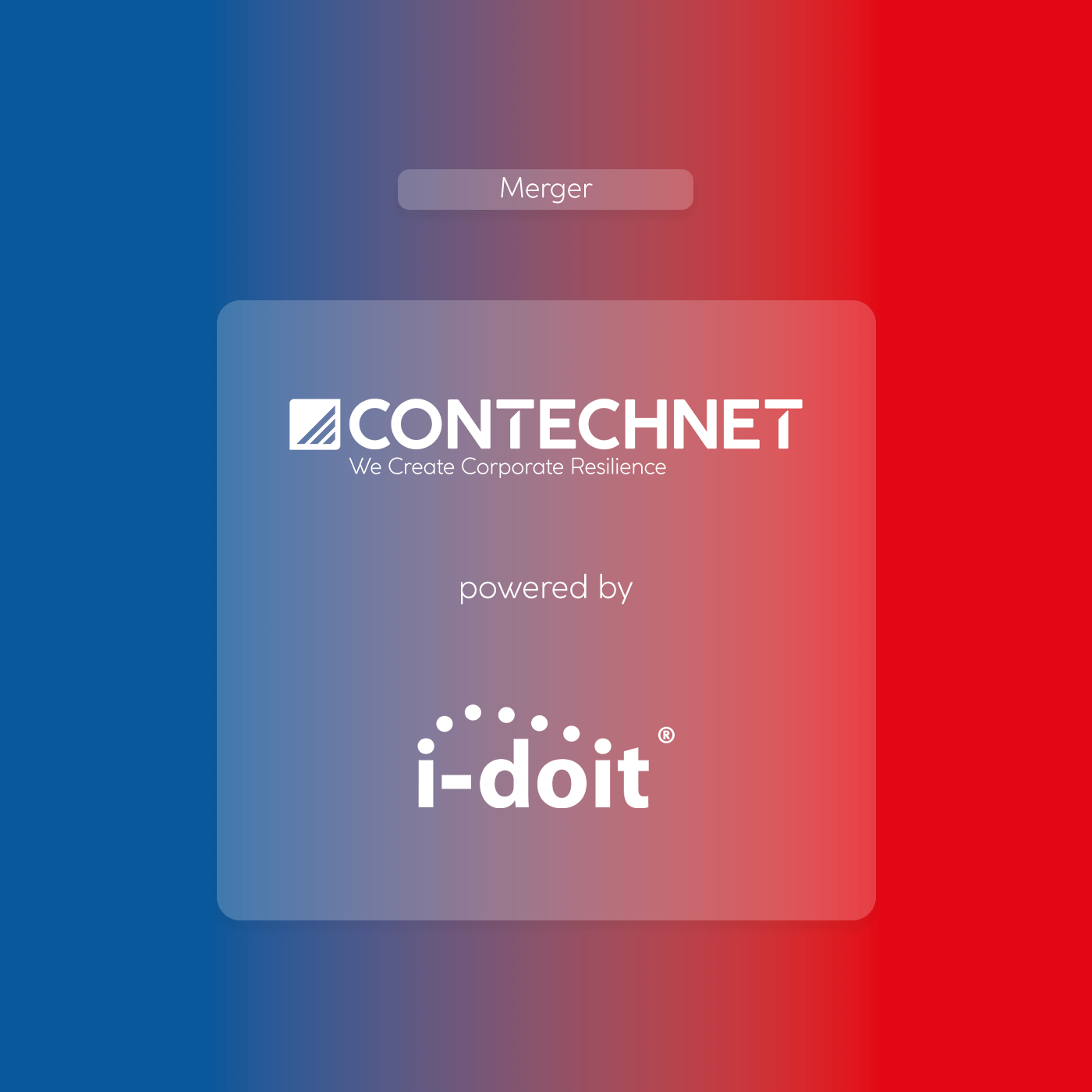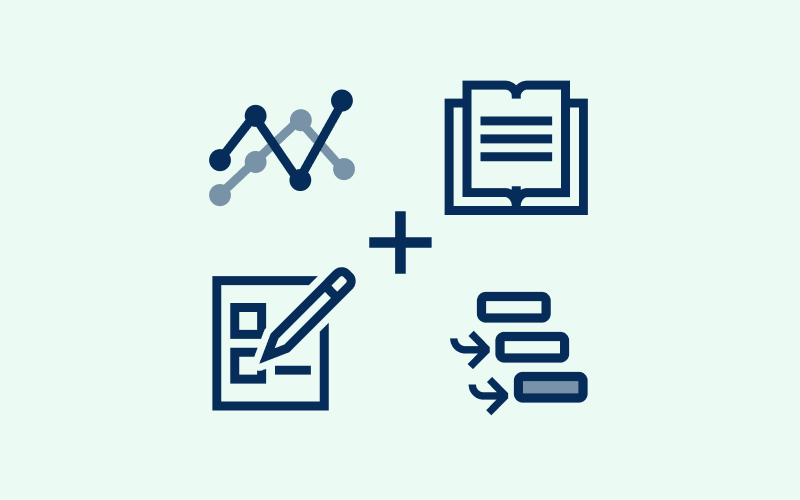Service Operation
The chapter, Service Operation, focuses on the operation of IT services. This section describes how services are efficiently provided and supported. In addition, information on how to ensure a high level of stability can be found here. Customer satisfaction and strengthening trust in the IT services provided are clearly the focus here.
Continual Service Improvement
This section deals with goals for the continuous improvement of services. It describes how:
- to effectively implement activities to improve service quality
- standardised methods for measuring quality are introduced
- to define processes with clear objectives and metrics to measure them
This includes the so-called baselines. The ITIL principle applies: If you can’t measure it, you can’t control it.
Ultimately, Continuous Service Improvement ensures that IT services are aligned with business requirements. Only in this way can they contribute to a high level of customer satisfaction.
ITILv4
ITILv4 is not a new version, but the consistent further development of version 3 from February 2019. The focus on customer-oriented products and services is strengthened once again in this version. The existing content has been expanded and the 26 ITIL processes have been restructured into 34 practices. There are also innovations in the wording.
The Service Lifecycle has been restructured into the “Service Value Chain”. It consists of service strategy, service design, service transition, service operation and continuous service improvement. This consists of the phases Plan, Improve, Engage, Design and Transition, Obtain / Build, Deliver and Support. However, ITIL v3 does not lose its validity through ITIL v4.
Why is ITIL important?
The ITIL framework aims to establish efficient IT Service Management in the company. What does that mean in concrete terms? What are the advantages?
During the course of the last decades, the competitive pressure on companies has constantly increased. This has resulted in the need to continuously offer better services. Those who don’t satisfy their customers will lag behind their competitors in the long run.
Customer satisfaction depends strongly on the quality of the services offered. Whether the user of the services is internal (department in the company) or external (customer) is irrelevant. If the quality of the services meets the customer’s requirements, the customer will be satisfied.
ITIL means efficiency through clear goals and guidelines
By clearly defining goals and policies, you establish a strategy. Clever definition and modelling of services makes them transparent for all involved. You quickly adapt your processes to new requirements. This phase includes determining the related components from which the services are built.
You efficiently identify savings (e.g. by replacing components with cheaper alternatives). The same applies to the selection of service providers.
Last but not least, you make all processes in change, problem and release management more efficient by implementing ITIL. For your IT department, this means finally receiving information on all stages of the service and asset lifecycle.
It becomes clear when and why an asset was acquired. The affiliation to a service, responsible persons and the reason for replacement become clear.
This has a positive effect on troubleshooting. If you know the changes, it is easier to return to the original state.
The decisive advantage of the ITIL: the industry does not matter. The size of a company is also irrelevant. The ITIL is suitable for medium-sized and larger IT organisations to increase customer satisfaction and the quality of their services in the long term.
Can i-doit map ITIL processes?
As a fully-fledged CMDB, i-doit is firmly anchored in the ITIL cosmos. The term “CMDB” itself originates from ITIL.
i-doit has numerous options for implementing ITIL management processes. With this solution, you cover the entire lifecycle of assets and services. You save each newly created asset as a separate configuration. For each change, you check in the logbook which changes have been made. In the event of a failure, you return to the original state.
The assets take on different states in the CMDB, such as “in operation”, “defective” or “under repair”. A configuration doesn’t only refer to the purely physical properties of the asset. Dependencies on persons, contracts or other assets are also mapped there.
You compile releases of new hardware or software, check them in advance and roll them out. This significantly reduces the risk of disrupting vital business processes through incorrect configurations. By connecting a monitoring or discovery solution, you automatically detect changes in the IT infrastructure. At the same time, they record them in the CMDB. The IT asset management corresponds to the ACTUAL state. Furthermore: you register and record all changes automatically. In addition to a highly up-to-date database, the time saved by the employees is a decisive advantage.
ITIL stands for service management like no other framework. You already cover configuration and change management with i-doit. It is advisable to implement service management here as well. For this purpose, i-doit offers you the possibility to compile services from different components. You save these in your own configurations. Changes are also recorded automatically.
The entire incident management takes place via a connected service desk (help desk) such as ((OTRS)) Community Edition or Zammad. Here you record every incident and complete it with information from the CMDB. Through the bi-directional connection, the affected assets are directly linked and called up. This saves time and the troubleshooting can start immediately. Each service ticket is documented in the CMDB. You quickly identify vulnerable systems because you can trace the respective process at any time.
ITIL v3 certification
The certification for ITILv3 is modular and offers a gradual progression from Foundation to Master level. The basis is the ITIL Foundation certificate. This provides basic knowledge and offers 2 points for the further certification process. Afterwards, you can choose between different ITIL modules depending on your area of responsibility.
